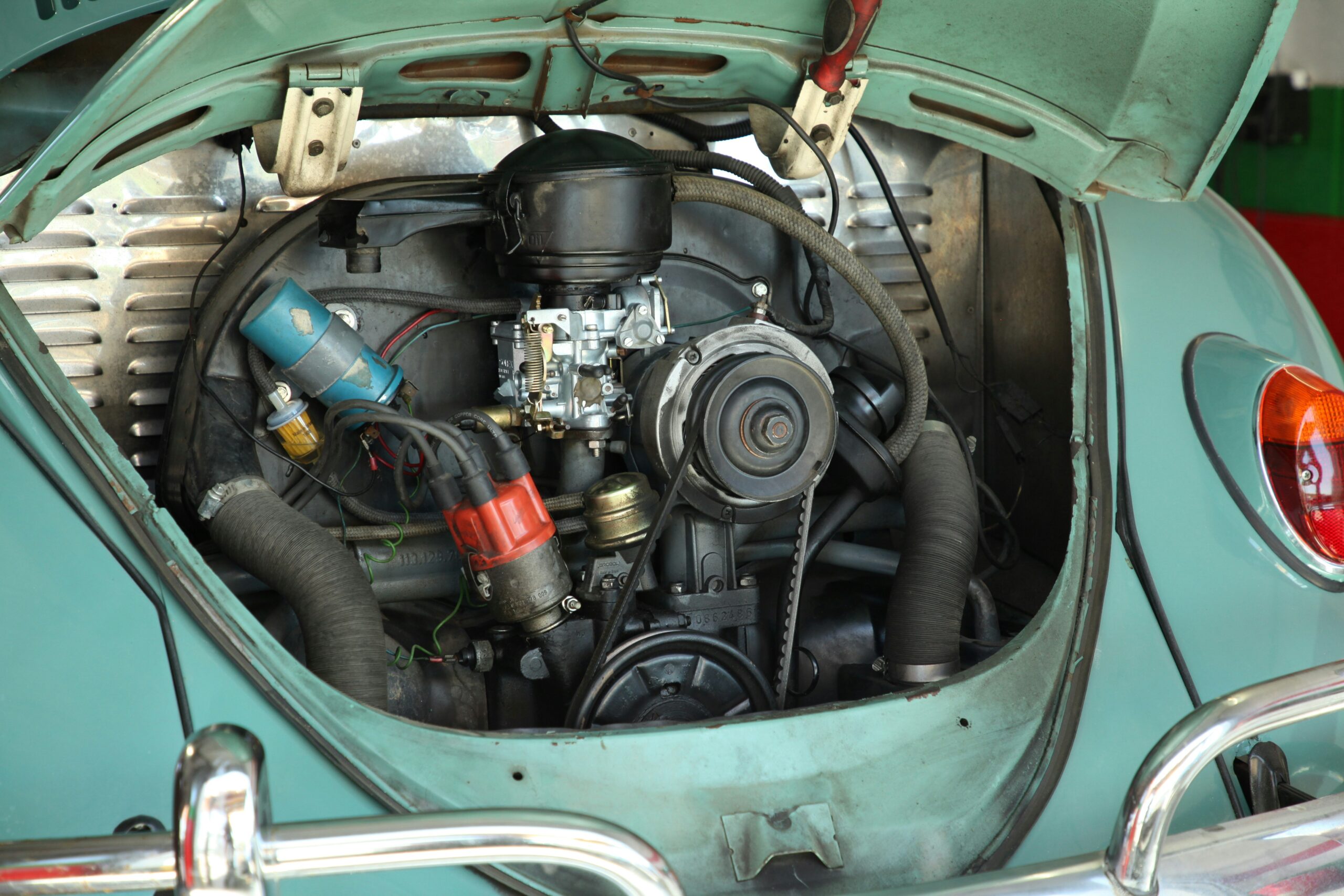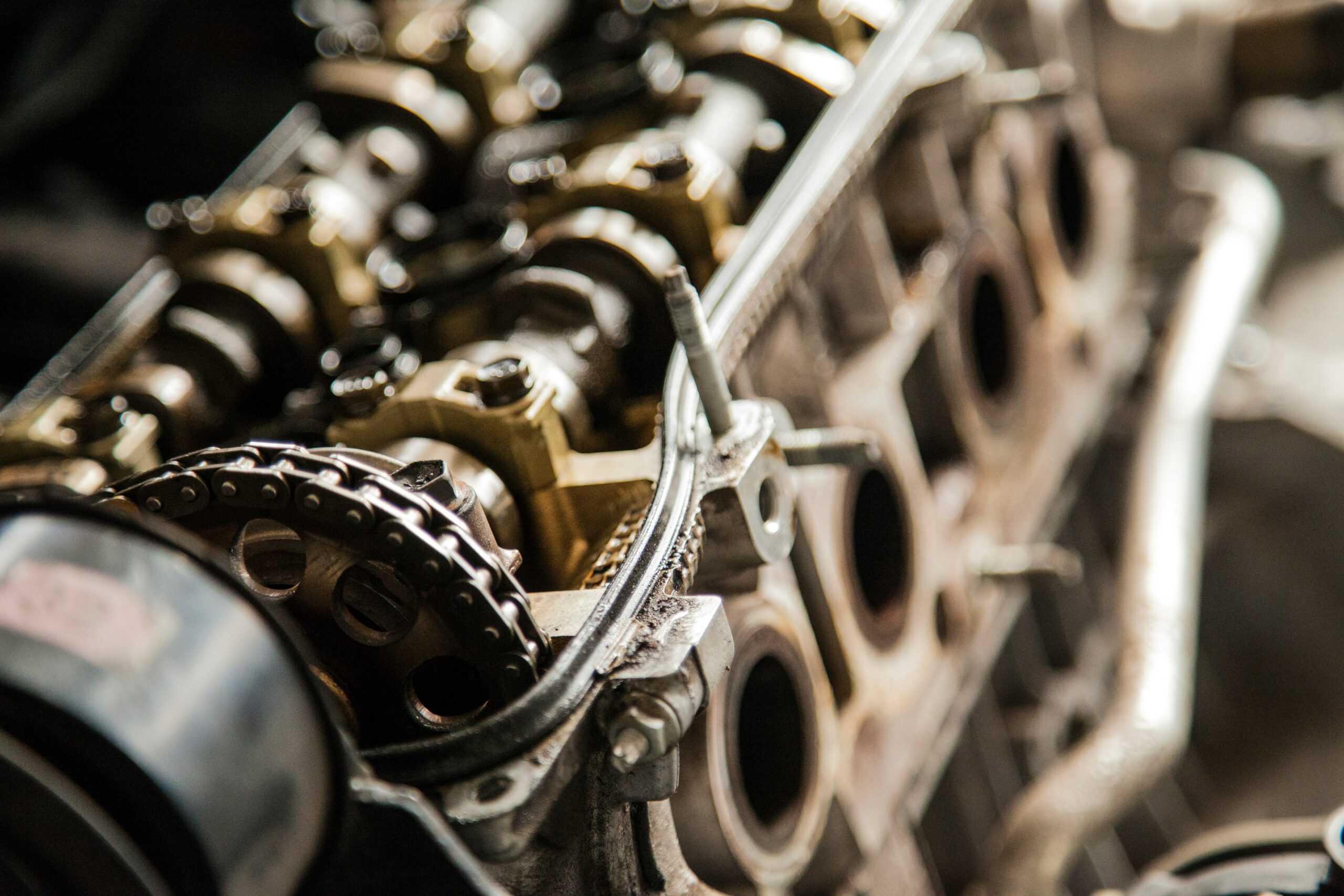- Your cart is empty
- Continue Shopping
Understanding Car Axles: The Backbone of Vehicle Performance

When it comes to the smooth operation of any vehicle, the car axle plays a central role. Often overlooked by drivers, axles are essential for transferring power from the engine to the wheels, supporting the vehicle’s weight, and ensuring stability on the road. Without a properly functioning axle, even the most advanced car cannot move efficiently.
What Is a Car Axle?
A car axle is a shaft or rod that connects wheels and helps rotate them. Its main purpose is to support the weight of the vehicle while transmitting torque (rotational force) to the wheels. Axles must be strong enough to handle pressure from acceleration, braking, and turning.
Types of Car Axles
Different vehicles use different axle designs depending on their size, weight, and purpose. The main types include:
- Front Axle
- Found at the front of the vehicle.
- Carries steering components, suspension, and shock absorbers.
- Typically made from carbon steel for strength.
- Rear Axle
- Located at the rear and delivers power from the engine to the wheels.
- Usually split into two halves, known as half-shafts.
- Found in rear-wheel-drive and four-wheel-drive vehicles.
- Stub Axle
- Connected to the front wheels via kingpins.
- Helps in steering and absorbs side forces during turns.
- Live Axle vs. Dead Axle
- Live Axle: Transmits power to the wheels.
- Dead Axle: Provides support but does not transmit power (common in trucks for extra load support).
Functions of a Car Axle
- Weight Bearing: Supports the vehicle and passengers.
- Torque Transmission: Delivers engine power to wheels for movement.
- Steering Control: Helps in maneuvering the vehicle.
- Shock Absorption: Works with suspension to handle uneven road conditions.
Signs of a Faulty Car Axle
A damaged axle can lead to unsafe driving conditions. Common warning signs include:
- Clicking or clunking noises when turning.
- Vibrations during acceleration.
- Grease leaks around the wheels (damaged CV joints).
- Difficulty in steering or loss of control.
Maintenance and Care for Car Axles
- Regular Inspections: Check for wear and tear during routine servicing.
- Lubrication: Ensure CV joints and bearings are well-greased.
- Avoid Overloading: Excess weight strains axles and may cause cracks.
- Immediate Repairs: Address any noises or vibrations before they lead to major damage.
The Future of Car Axles
With the rise of electric vehicles (EVs), axles are evolving. Many EVs use e-axles – an integrated system that combines the motor, transmission, and power electronics within the axle itself. This design improves efficiency, reduces weight, and creates more space inside the vehicle.
Car axles may be hidden beneath the vehicle, but they are among the most critical components for safe and efficient driving. Understanding their function, types, and maintenance needs helps drivers take better care of their cars and ensures a smoother, safer ride.




